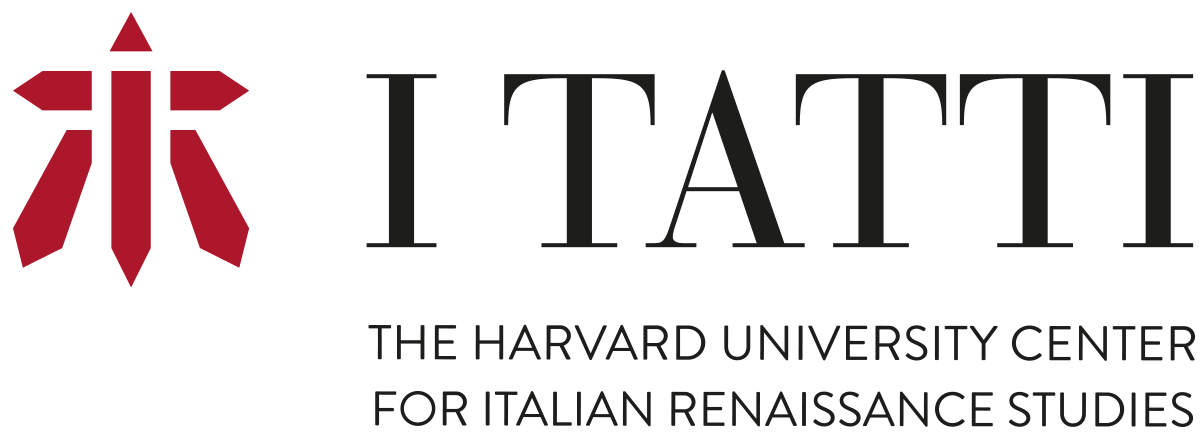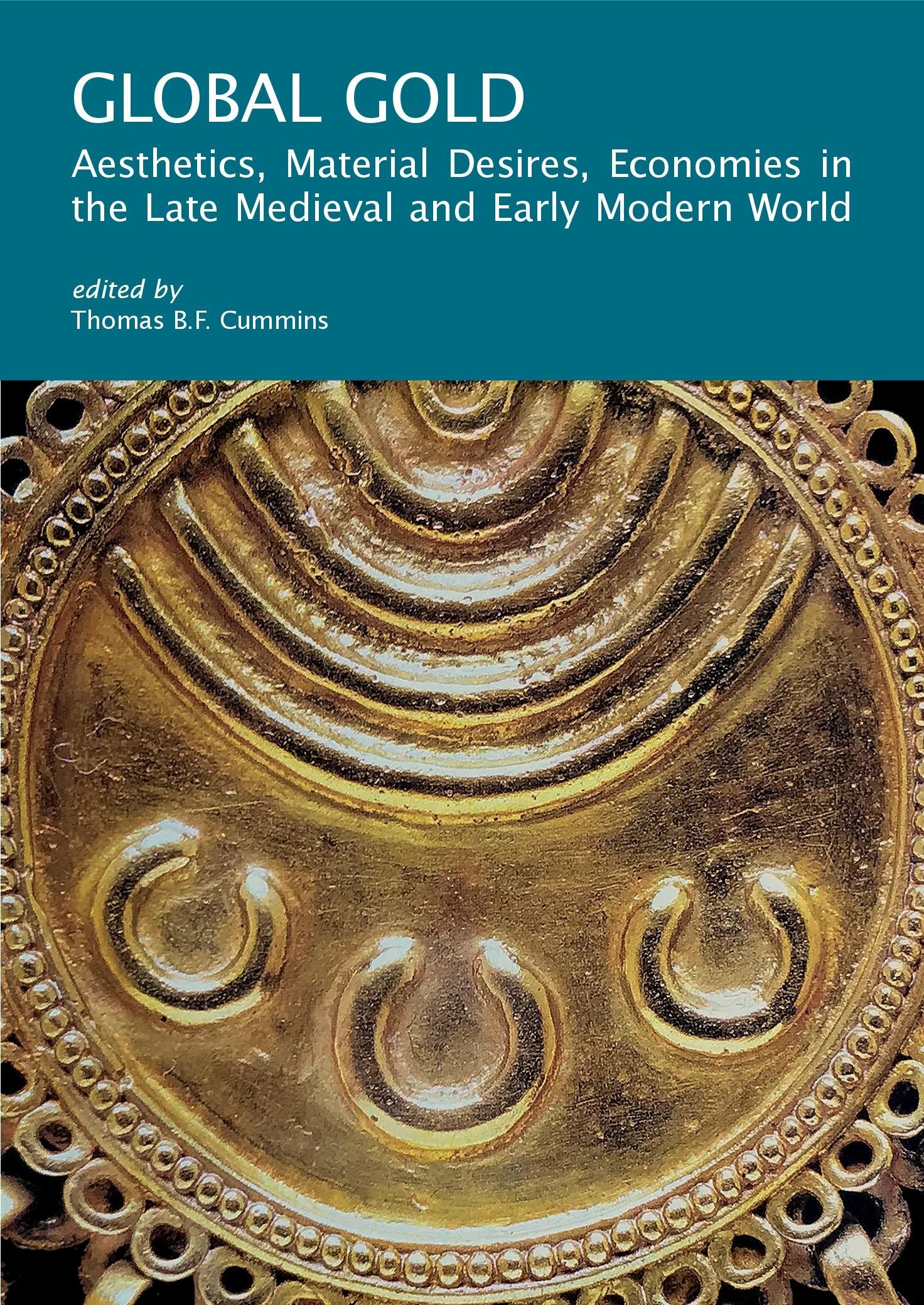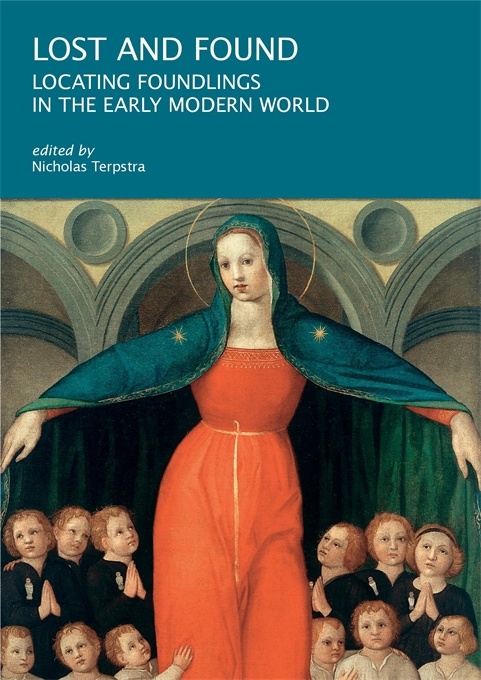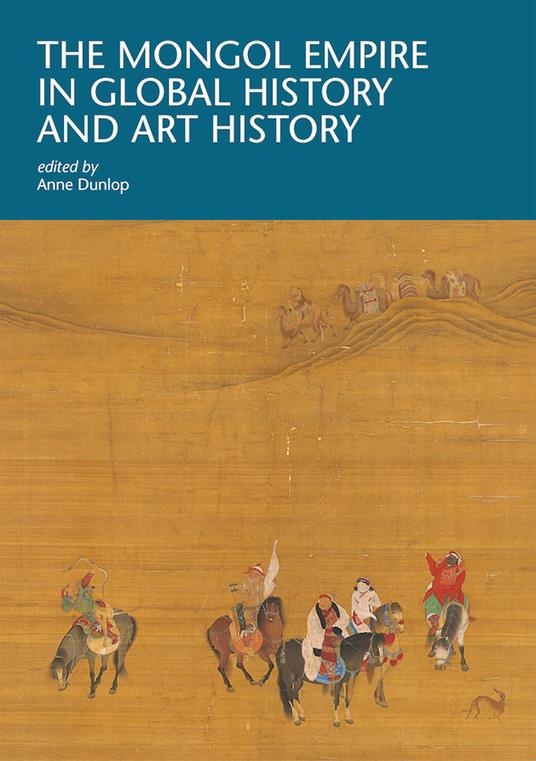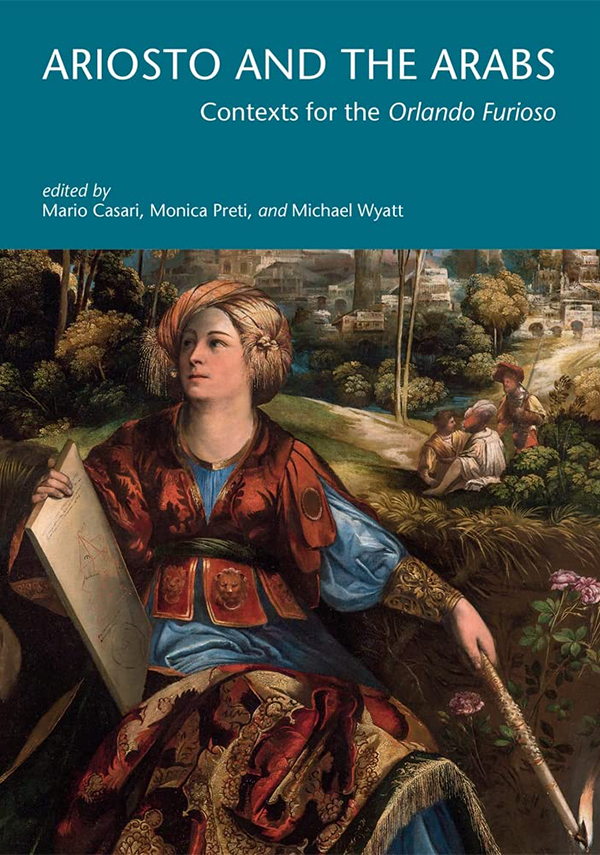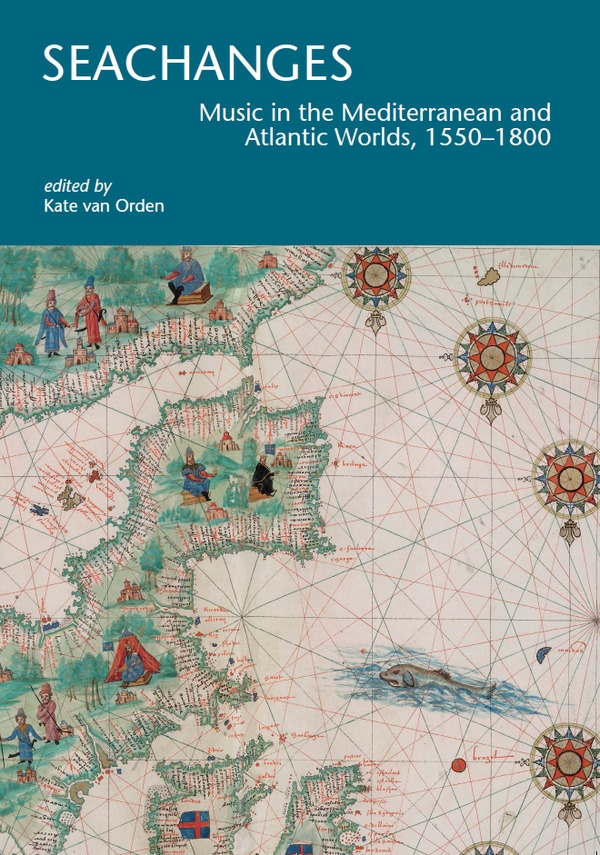The I Tatti Research Series is dedicated to ongoing projects at the Harvard University Center for Italian Renaissance Studies. Its volumes expand on themes explored during conferences and seminars and cover a wide spectrum of disciplines including art history, architecture, history, philosophy, literature, music, and the history of science.
The series examines all aspects of the Italian Renaissance — broadly understood to include the period from the fourteenth to the seventeenth centuries. At the same time, it investigates dialogues between Renaissance Italy and other regions around the world, in addition to the period’s roots in classical antiquity and its enduring impact on modernity.
Assembling essays written by internationally renowned as well as aspiring younger scholars, this peer-reviewed series reflects I Tatti’s ambitious conference and research activities. The Research Series is published in conjunction with Officina Libraria. Outside Italy, its volumes are distributed through Harvard University Press.
